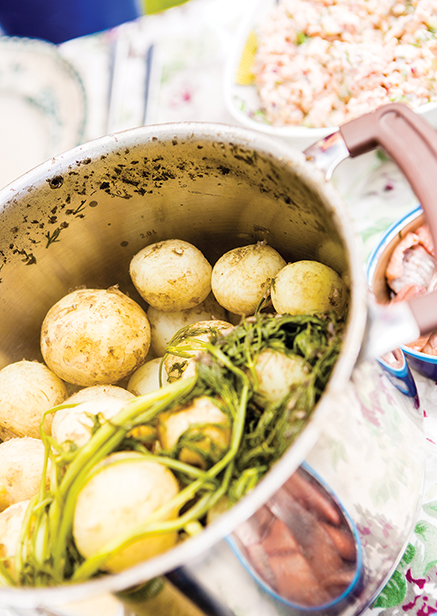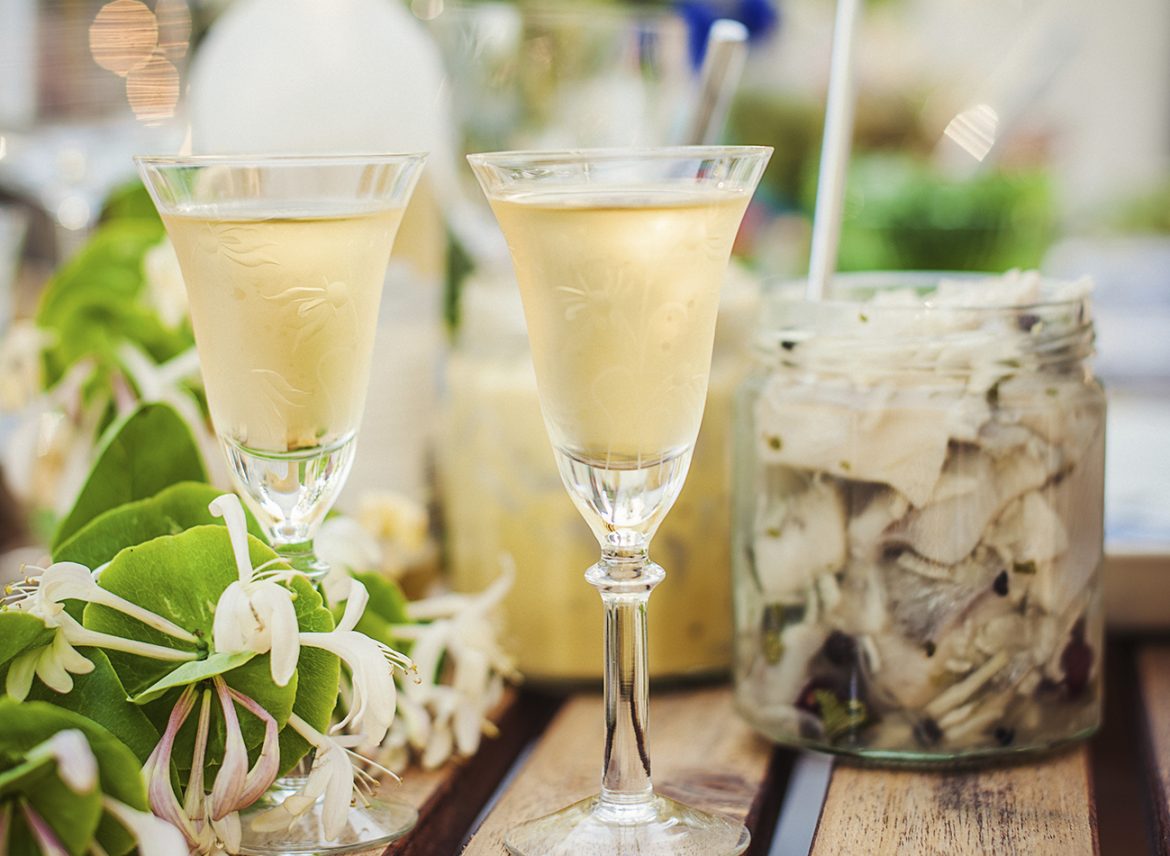Less is often more in the kitchen
Part of my job is to create dishes that you can’t or won’t cook at home – that creative process is driven by the need to make sure people keep returning to my restaurant as well as the desire that they leave happy after they have dined with us.
For a long time, particularly with regards to our tasting menu, I’ve felt that the best way to do this is to create multi-element dishes with a complicated interplay of flavours and half a dozen techniques, sometimes all wrapped up in a single bite. A favourite dish for a long time was a seared scallop served with a delicate salad of sea herbs, toasted sesame seeds, seaweed and a Japanese style dashi stock made from dried scallop roe and camomile flowers.

Another was built around five different preparations of carrot, including one that involved dehydrating wafer thin slices of carrot and then rehydrating them in carrot juice that had been reduced by about 75{b486c5a37ab2d325d17e17d701cb2567b1ecd1814e8ceb33effa2a4f1f171d46} to a sticky, intensely flavoured carrot syrup.
More recently though I’ve been becoming increasingly enamoured with stripping out the extraneous and focusing on a simpler approach. This was inspired by the creation of a Swedish tasting menu to celebrate Midsommar last month. The research was inspired partly by memory – my mother is Swedish and I have fond memories of outdoor celebrations that went on long into the night – and partly by a number of books in my collection.
“Just two elements, carefully prepared and perfectly matched in simple harmony“
What became apparent is that the Scandinavian philosophy that inspires much of the Nordic aesthetic, styles and sensibilities also runs deep in the culinary heritage: at its heart is a desire to remove the extraneous and focus on the core of what is important.
In stripping away the unnecessary and constantly asking ‘what really needs to be here, what is the essence of the dish?’, we were able to arrive at a menu that was both an excellent representation of the style of food we have become known for at The Hole in the Wall – one that relies on sourcing the best local produce and treating it sympathetically – but also a successful interpretation of traditional Swedish cooking.
This is perhaps best represented by a dish that seems to be everyone’s favourite, certainly mine: new potatoes cooked with seaweed served with bone marrow butter. The flavours are truly familiar and comforting: the potatoes are salty and briny (a nod to the tradition of cooking the season’s new potatoes in seawater in coastal Sweden) with a noticeable savoury tang from the seaweed, while the bone marrow butter provides a rich meaty flavour reminiscent of the best elements of a roast dinner.
The dish is eaten with the fingers, the butter spread onto the warm potatoes with a juniper wood butter knife, and garnished with nothing more than a few flakes of Maldon sea salt. Just two elements, each carefully prepared and perfectly matched in simple harmony – a reminder that sometimes more doesn’t always mean better.

